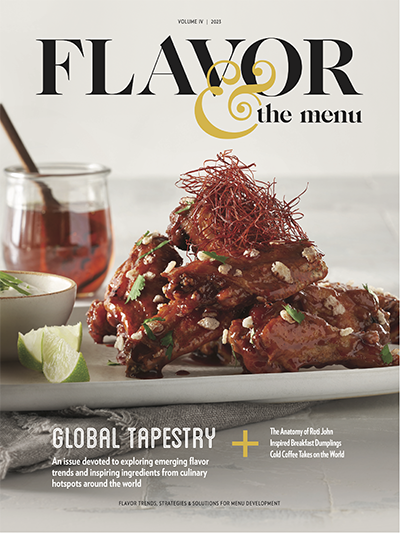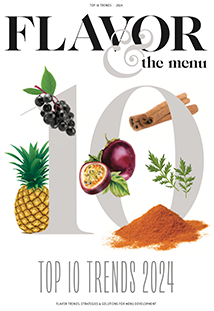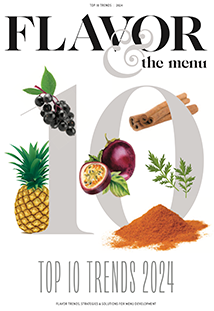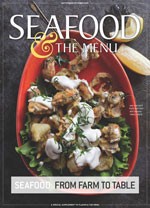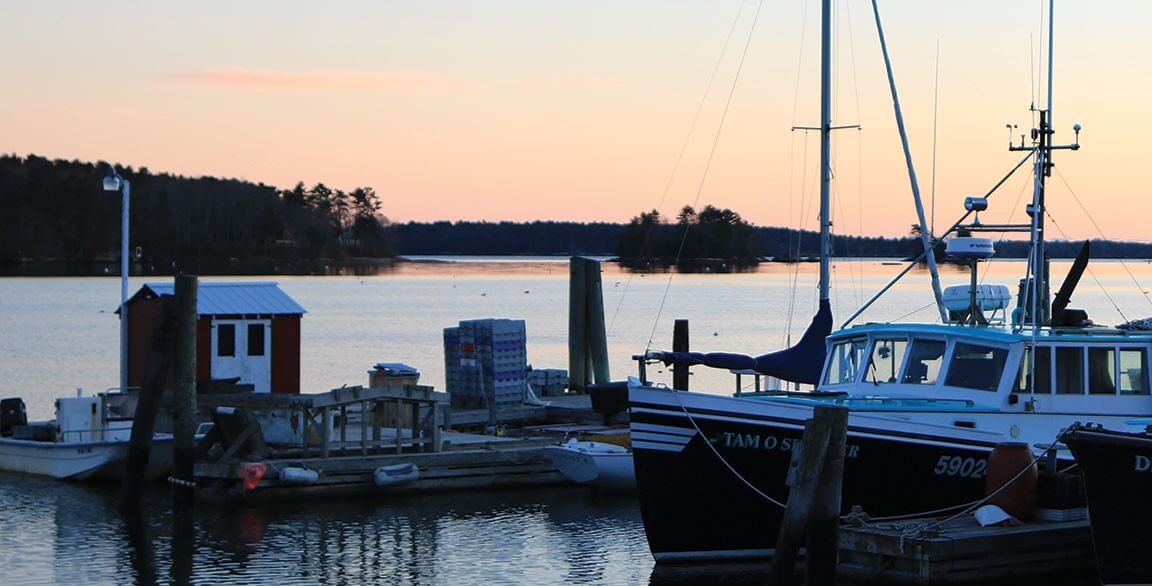
Chefs are explorers at heart—they seek out the thrill of new tastes, textures and innovative combinations. Over the past 20 years, many exciting ingredients have been “discovered” and adopted: finger limes, Sriracha, and barberries, to name just a few. Seafood, too, has its fair share of recently debuted items—think cobia, Arctic char and barramundi. These food discoveries help culinary professionals understand the world, which, in turn, inspires them to translate those foods for their customers.
But often there is a deeper story than just the ingredients themselves. For example, with aquaculture, chefs had to figure out how new ingredients could lead them to better understand the world of seafood and their role in it. Often, that has led them to connect sustainability to quality in the process of making the most of exciting seafood ingredients.
Here, a group of chefs share their relationship with farmed seafood, and how its variety led to something delicious. Their input reflects the thoughtful approach that chefs take to learn about and source products—and how they share that knowledge with curious guests. Clearly, farmed seafood—though now quite familiar—still inspires chefs to thrill diners with something new and delicious.
Did You Know?
- Aquaculture currently provides more than half of all the seafood consumed by people.
- By 2030, aquaculture will account for more than 60 percent of all seafood produced for human consumption.
- There are more than 250 species of marine life that are commercially farmed worldwide. These include shellfish, finfish, algae and seaweed.
- There is more sovereign U.S. territory under water than above it, providing incredible opportunity to invest in our own food security, health and economy and, through proper management, to provide an example for the world to follow.
- Best Aquaculture Practices (BAP) and Aquaculture Stewardship Council (ASC) are leading certifications that can be earned by producers who meet benchmarks for sustainable production and labor practices. For more on these programs and others, visit: bapcertification.org, asc-aqua.org or fishchoice.com.

